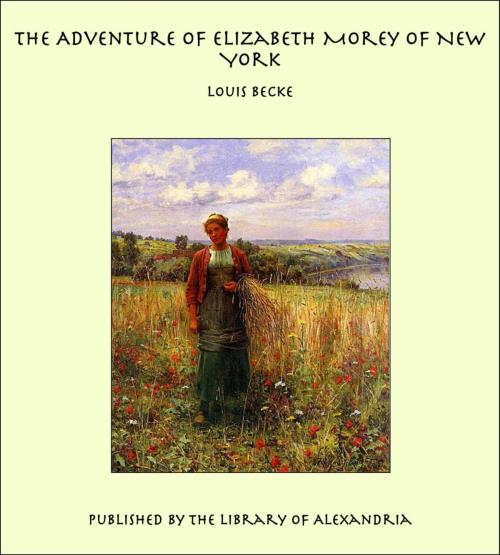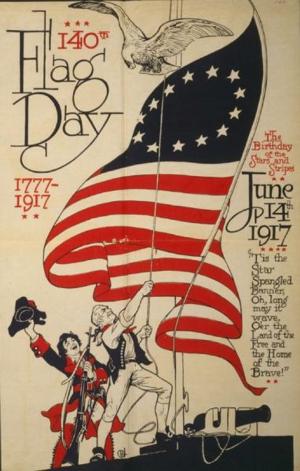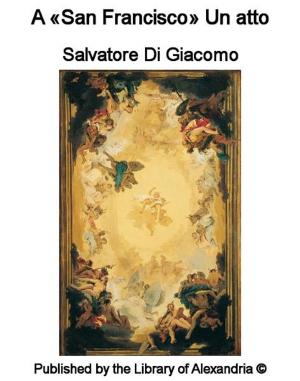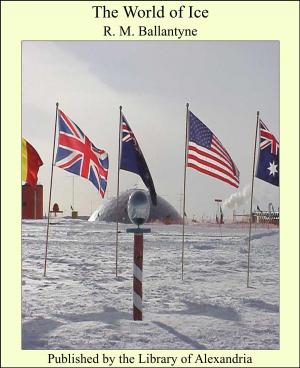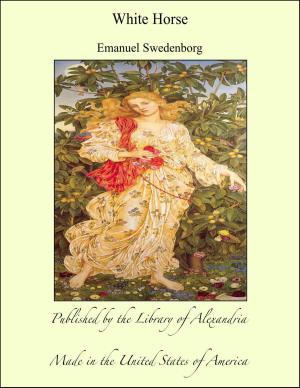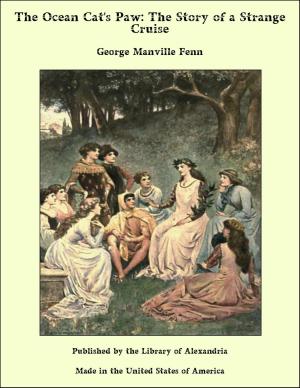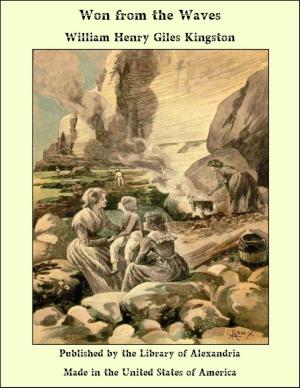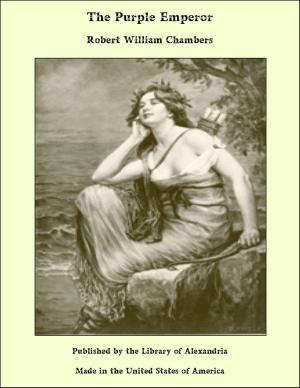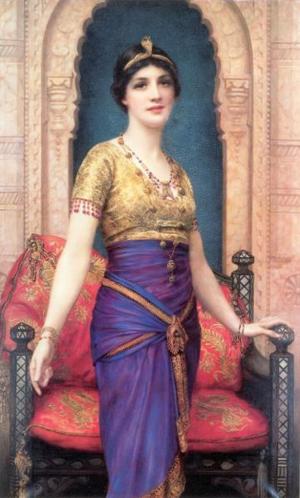The Adventure of Elizabeth Morey of New York
Nonfiction, Religion & Spirituality, New Age, History, Fiction & Literature| Author: | Louis Becke | ISBN: | 9781465551924 |
| Publisher: | Library of Alexandria | Publication: | March 8, 2015 |
| Imprint: | Language: | English |
| Author: | Louis Becke |
| ISBN: | 9781465551924 |
| Publisher: | Library of Alexandria |
| Publication: | March 8, 2015 |
| Imprint: | |
| Language: | English |
In the sea story of Australia, from the days of Captain Phillip in 1788, to the end of the "fifties" in the present century, American ships and seamen have no little part. First they came into the harbour of Sydney Cove as traders carrying provisions for sale to the half-starved settlers, then as whalers, and before another thirty years had passed, the starry banner might be met with anywhere in the Pacific, from the sterile shores of the Aleutian Islands to the coasts of New Zealand and Tasmania. Early one morning in October, 1804, the American ship Union sailed in through Sydney Heads, and dropped anchor in the Cove. She was last from Tongatabu, the principal island of the Friendly Group. As soon as she had been boarded by the naval officer in charge of the port, and her papers examined, the master stated that he had had a very exciting adventure with the Tongatabu natives, who had attempted to cut off the ship, and that there was then on board a young woman named Elizabeth Morey, whom he had rescued from captivity among the savages. In a few minutes the young woman made her appearance in the main cabin, and was introduced to the officer. Her age was about six-and-twenty, and her manners "extremely engaging;" yet whilst she expressed her willingness to tell the story of her adventures among the islanders, she declined to say anything of her birth or parentage beyond the fact that she was a native of New York, and some years previously had made her way to the Cape of Good Hope. Her extraordinary narrative was borne out in all details as far as her rescue was concerned by the master of the Union, who, she said, had treated her with undeviating kindness and respect
In the sea story of Australia, from the days of Captain Phillip in 1788, to the end of the "fifties" in the present century, American ships and seamen have no little part. First they came into the harbour of Sydney Cove as traders carrying provisions for sale to the half-starved settlers, then as whalers, and before another thirty years had passed, the starry banner might be met with anywhere in the Pacific, from the sterile shores of the Aleutian Islands to the coasts of New Zealand and Tasmania. Early one morning in October, 1804, the American ship Union sailed in through Sydney Heads, and dropped anchor in the Cove. She was last from Tongatabu, the principal island of the Friendly Group. As soon as she had been boarded by the naval officer in charge of the port, and her papers examined, the master stated that he had had a very exciting adventure with the Tongatabu natives, who had attempted to cut off the ship, and that there was then on board a young woman named Elizabeth Morey, whom he had rescued from captivity among the savages. In a few minutes the young woman made her appearance in the main cabin, and was introduced to the officer. Her age was about six-and-twenty, and her manners "extremely engaging;" yet whilst she expressed her willingness to tell the story of her adventures among the islanders, she declined to say anything of her birth or parentage beyond the fact that she was a native of New York, and some years previously had made her way to the Cape of Good Hope. Her extraordinary narrative was borne out in all details as far as her rescue was concerned by the master of the Union, who, she said, had treated her with undeviating kindness and respect
